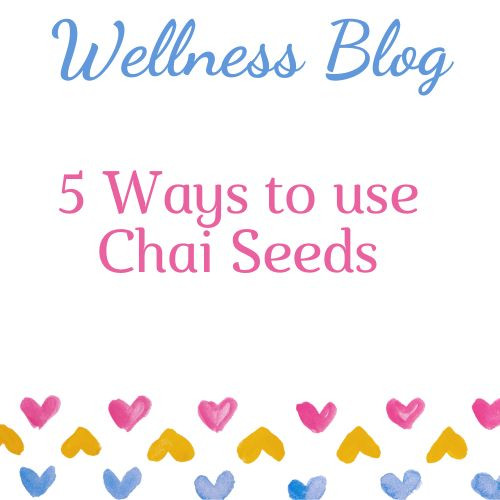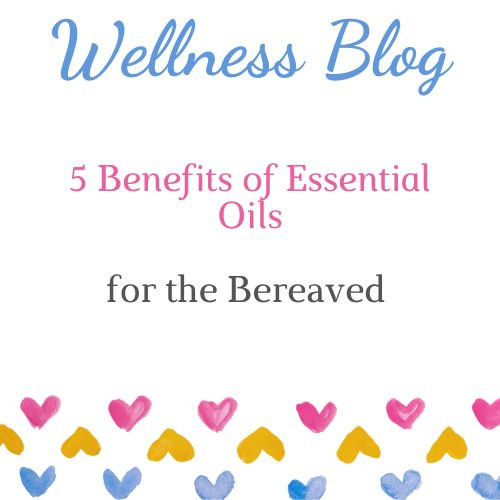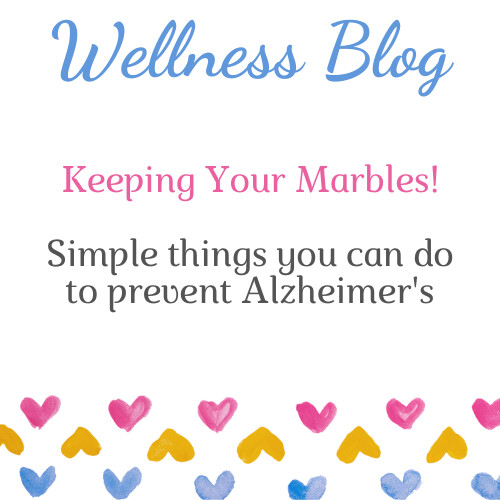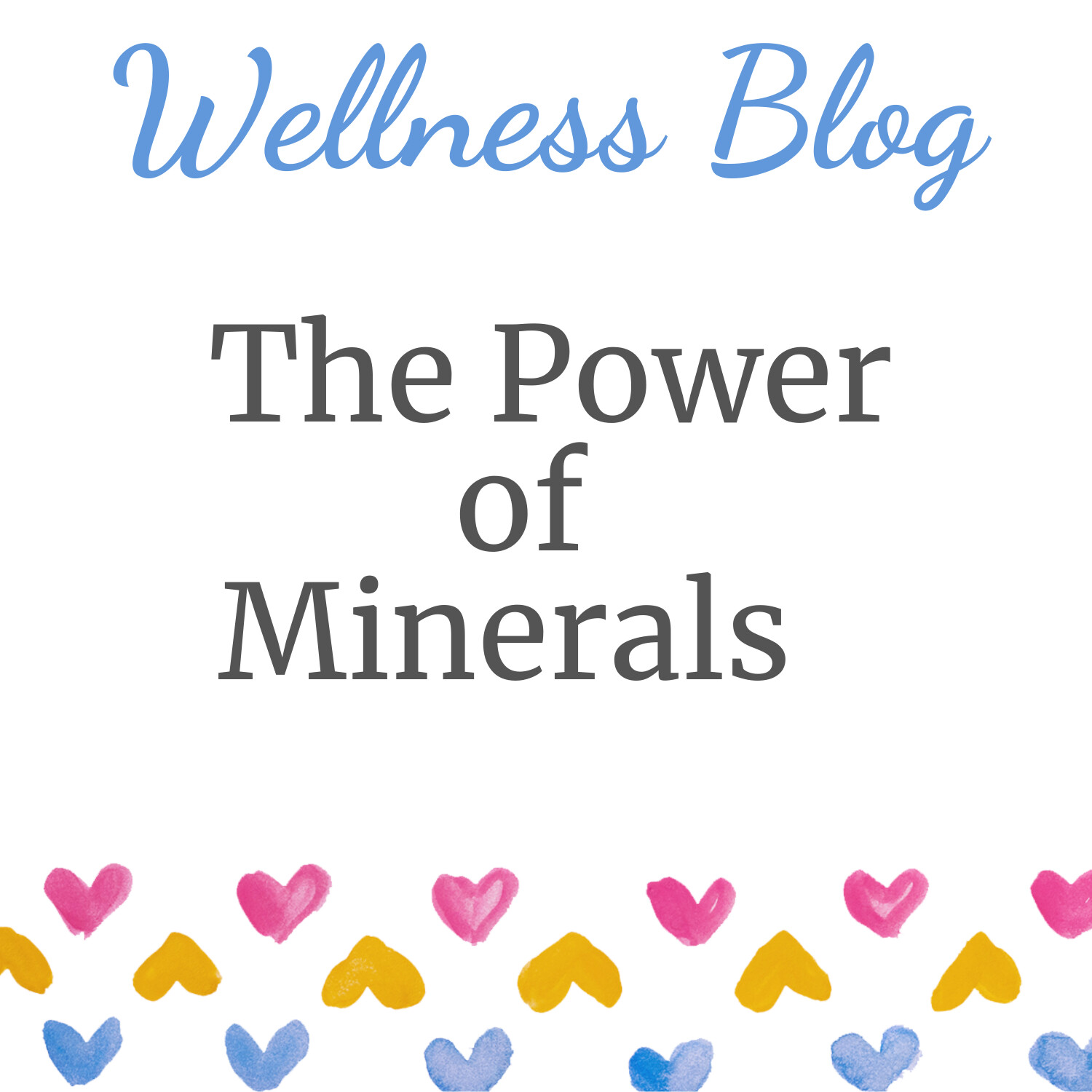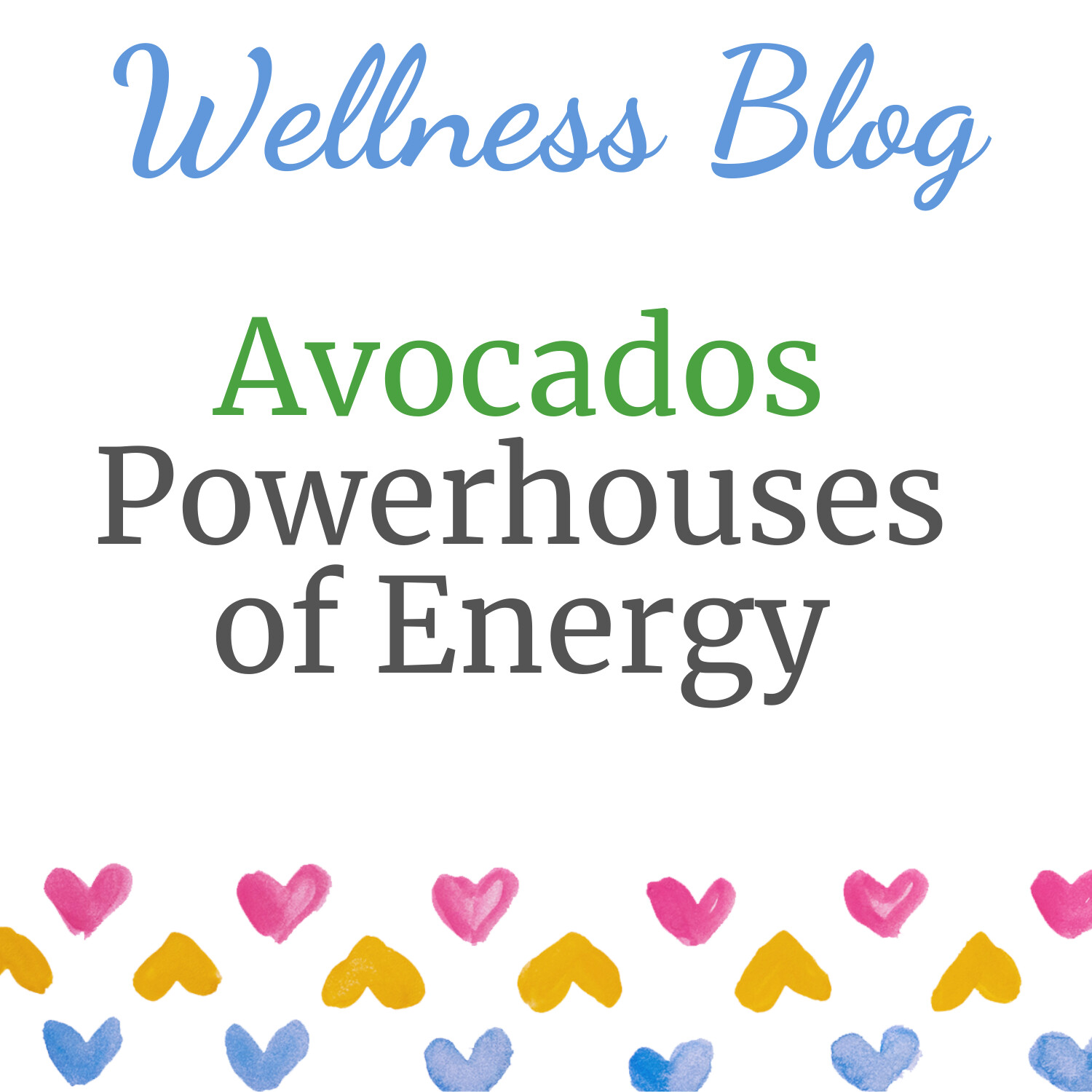
Avocados are one of the key foods in my 28 Day Health Challenge - which introduces you to epigenetics and covers how to balance, through what you eat, drink and how you sleep - 7 main hormones, including insulin, leptin and oestrogen and the foods that affects them. ~The Challenge starts on the 1st day of every month.
Avocados are one of the healthiest foods on the planet, and it is such a shame that so many people, especially women ........

Here are 2 inhalers you can make to help you support 'seasonal changes' – so I’m going to make one for the daytime use and one for night time use but they are both going to address the same type of issues but the daytime one is going to be more supportive of you being awake and the night time will be more calming and therefore more supporting of night time use.
So first, here is what I am going to use – in case you haven’t seen one before, this is a blank inhaler and they have these two main parts, this is the cover and this is the part that you inhale and we are going to put this little cotton part inside the inhaler and there is this little top which I’ll snap on at the end. (if you watch the video at the bottom you will see this).
The daytime recipe is Black Spruce,
Read more...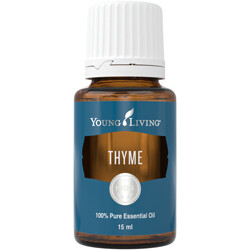
You can make make a really simple hand cleanser (that won't dry out your hands!), in seconds! using just 2 ingredients! Aloe Vera gel and an essential oil of your choice - some oils are better choices than others for a hand cleanser. I used Thyme and you will find a little information about it below. This purpose of this hand cleanser is to keep in in your pocket when you are out and about and where it may be difficult for you to access soap and water! This isn't a replacement for washing your hands - especially at this time (April 2020).
There are over 300 species of Thyme and many species produce their own unique variety of essential oil which are called chemotypes. They are all Thyme oil, but their chemistry is different depending on the climate and other conditions the plant grew in, giving them different characteristics and uses. I am going to use Thyme (Thymus vulgaris ct. thymol) for my hand cleanser recipe.
Thyme has been used for thousands of years. The Ancient Greeks used it to disinfect the air to prevent the spread of disease* and Thyme essential oil was used in World War I to medicate gauze and wool for surgical dressings. It resembles carbolic acid in its actions but it is less irritating to wounds and its germicidal action is greater **
Thyme (Thymus vulgaris ct. thymol) is probably the most well known of the Thyme chemotypes and is the one used in the Raindrop Technique. It contains high percentages of the chemical component 'thymol' which contributes to its potent, sharp aroma. It can reduce germs (on hands, in the air via a diffuser and on household surfaces) and there are many studies that states it supports the immune system***
Safety Note: This chemotype of Thyme essential oil is too strong to be used undiluted for people with a sensitive skin, children and pregnant women.
Recipe for Hand Cleanser:
40mls Aloe Vera gel
20 drops of Thyme essential oil (Thymus vulgaris ct. thymol)
Add the Aloe Vera gel to a 40ml flip top bottle
Add the essential oil
Mix well. Always shake the bottle before use
I only used Thyme essential oil in this hand cleaner, as I consider it to be the most efficient at this present time (April, 2020) when most of us are self-isolating because of Covid-19.
I didn't put a label on this bottle of hand cleanser, as it is just for my personal use and the only place it is
going to be is in my coat pocket!
When I am making products for other people, I would label the container with the ingredients in
the bottle, the date I made it and any safety precautions if necessary.
References:
* Aromatherapy for Healing the Spirit by Gabriel Mojay
* * The Complete Guide to Aromatherapy by Salvatore Battaglia
*** Antimicrobial Properties of Plant Essential Oils against Human Pathogens and Their Mode of Action: An Updated Review.
 Yes! a Bath Salts event in a Tepee! what fun!
Yes! a Bath Salts event in a Tepee! what fun!On Friday the 12 July I hosted a Bath Salts Session in the tepee based in Chiswick Business Park - where the Young Living European Headquarters have their offices. We were expecting a few people, probably about 10, but oh my goodness! it tuned into a drop in session and we ended up with over 20 - in a tiny tepee!
Susanna Buss - head of Education at YL Chiswick - opened the proceedings by informing everyone that it was the 25th Anniversary of YL and explained about the quality of our oils. The day before, 11 July, was International Essential Oils Day - so that's what we were celebrating, just a day late!
I started off with some general information about salts, in that Epsom Salts were one of the best to use for bath salts, but to get the maximum benefit from Epsom salts, you had to remain in the tub for at least 20 minutes - and for even more benefit a further 20 minutes. Apparently, the first 20 minutes the body is detoxing and the second 20 minutes the body is absorbing some of the minerals, in particular magnesium from the Epsom Salts. Technically, Epsom Salts are not a salt at all but Magnesium Sulfate.
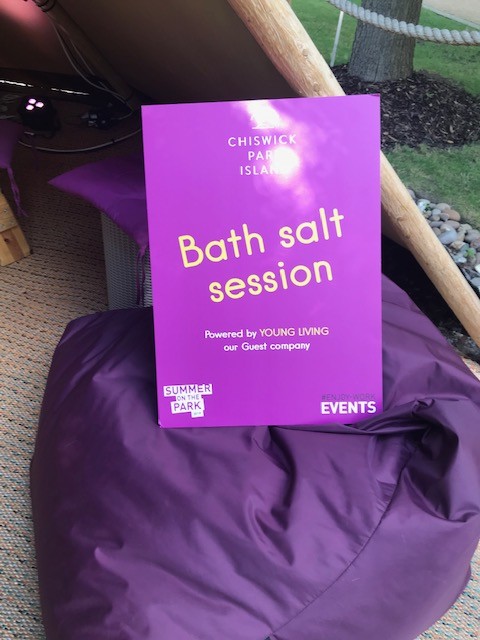 Our first objective was to make a bath salt blend to nourish body mind and spirit after a long hard day at the office, school or just whenever you need to totally relax and unwind.
Our first objective was to make a bath salt blend to nourish body mind and spirit after a long hard day at the office, school or just whenever you need to totally relax and unwind. The Rule of Thumb about quantities - only use a maximum of 5 drops of essential oil per bath .
Method : In a 4 oz jar, add 3 oz of Epsom Salts, or fine pink Himalayan salts or any fine salts of good quality. To that add 1 oz of vegetable oil - either V6 or coconut, or apricot kernel, something nice. Then add your blend of essential oils. There are so many blends you could choose - for the workshop I chose:
5 Drops of Lavender and
5 Drops of Cedarwood
If there were more time to explain more about the essential oils I would have chosen this luxurious blend (doubling the amount of salts - 20 drops of essential oils are enough for 4 baths at 5 drops per bath).
4 drops of Cedarwood
3 drops of Roman Chamomile
7 drops of Lavender
6 drops of Patchouli
The second formulation I gave the participants was a Morning blend to give you some get up and go on a Monday morning!
5 drops of Cedarwood again -good for grounding both mornings and evenings
5 drops of Orange - for uplifting and calming - (yes some essential oils can uplift and calm)
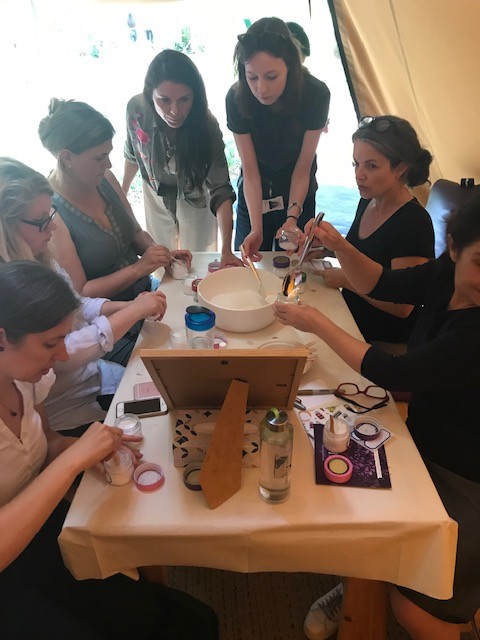
Here the students have filled their jars with the Epsom Salts and are now stirring in their 1 oz of vegetable oil. As water and oil don't mix, it is a good idea to add some vegetable oil as it gives the essential oils something to blend into, otherwise they would just float on top of the water, and this could cause some skin irritation to sensitive skins.
The picture below right shows me explaining about the blend with Susanna Buss looking on.
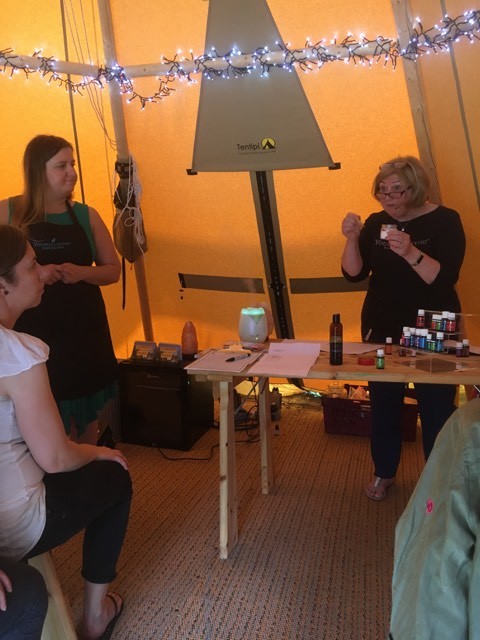
The next 'Make & Take' to be held at Young Living, Chiswick will be on Friday 13 September, 2019 - 5.30pm - 8.30pm - Workshop No. 1 in the 'Make & Take' Series
Please contact me or look under the Events tab for more information.
Suzie Webb
Nutrition Consultant & Clinical Aromatherapist

Simply put, hydrosol is the aromatic water that remains after steam-distilling botanical material. During essential oil distillation, pressurized steam passes through the plant product extracting the essential oils contained within the plant material. The steam and oil are condensed, the essential oil is decanted from the top of the oil/water mixture, and the water-based product left is hydrosol.
Hydrosol contains trace amounts of essential oils, as well as other hydrophilic (water-soluble) compounds native to the plant material. Generally speaking, the hydrosol contains the water-soluble chemicals from the plant, while the essential oil contains the hydrophobic, or non-water-soluble, chemicals. This helps explain the subtle differences in aroma and therapeutic quality between the essential oil and hydrosol derived from the same plant. Hydrosols still have the beautiful scent of the plant but tend to be gentler in nature.
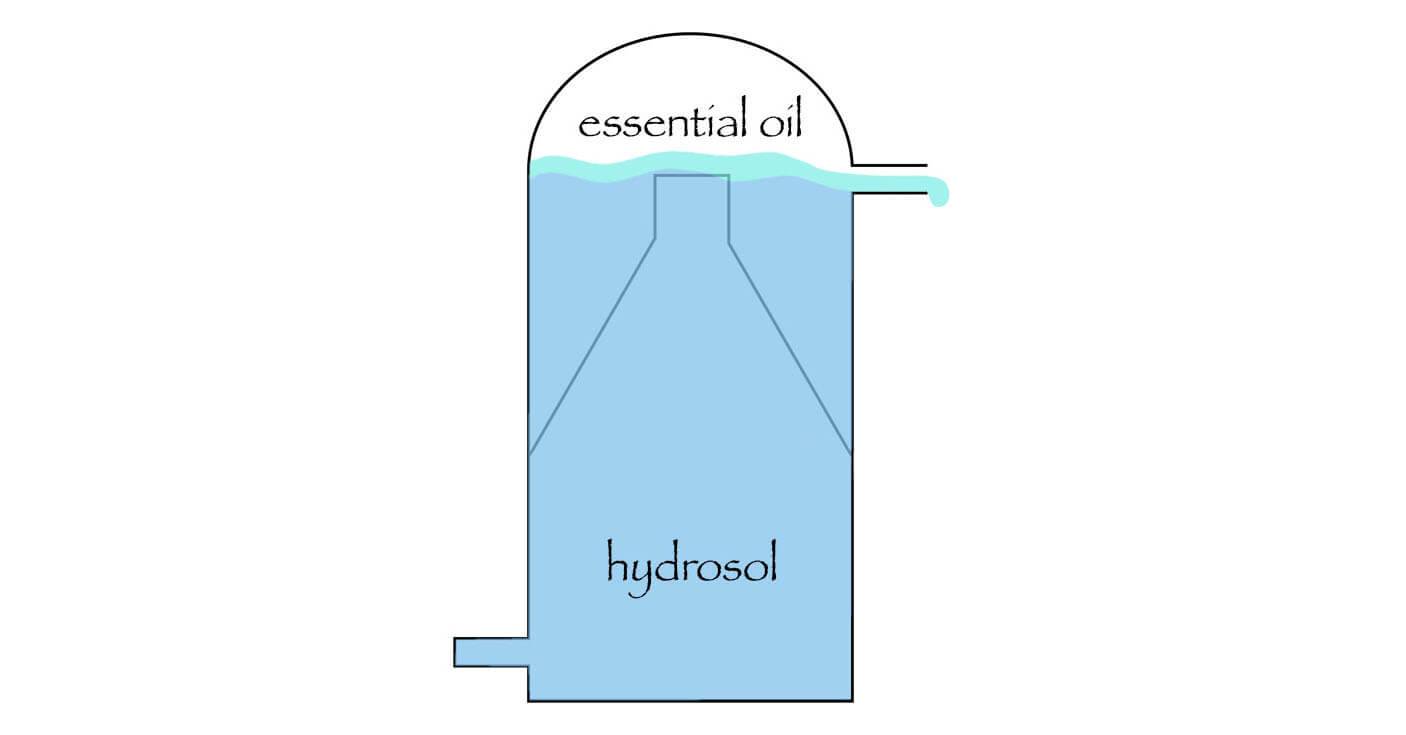
In her book Hydrosols: The Next Aromatherapy, Suzanne Catty states the following, “Hydrosols contain all of the plant in every drop… Here we have the water-soluble components, the essential-oil molecules, the very fluid that was flowing through the plant cells when the plant was collected. It’s all there in a matrix of water that is so much more than water…”.
It’s important to note that hydrosols are not simply essential oils blended into the water to form a mixture, rather they are the result of essential oil distillation. The best hydrosols are distilled from fresh, vibrant plant material and aren’t a byproduct of an essential oil distillation – they are the focus of the distillation!
Using Hydrosols
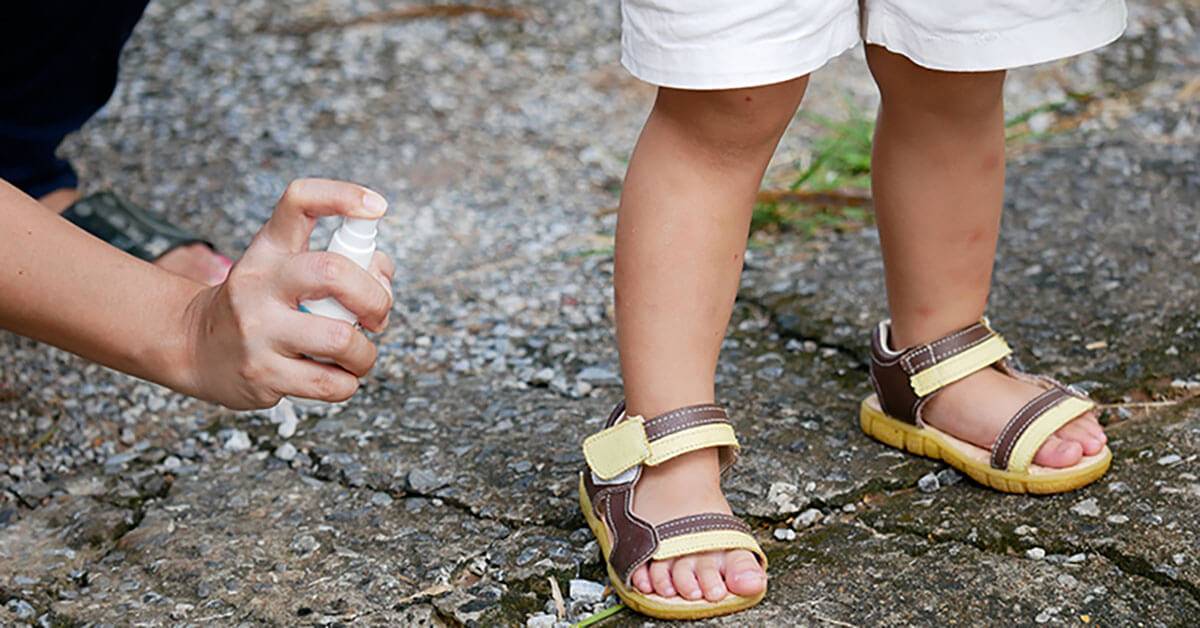
One of the great benefits of hydrosols is the variety of ways they can be incorporated into your daily life. The uses of hydrosols are wide-ranging, and because of their gentle nature, they can be used immediately without further dilution. They are also safe for use with children and have very few safety concerns. Below are some of our favorite ways to use these beautiful distillate waters:
- Acne Treatment
- Anti-bacterial Spray
- Anti-inflammatory agent
- Bathroom Freshener
- Beverage Flavoring
- Burn Relief
- Car Freshener
- Cleaning Product Base or Ingredient
- Facial Treatment
- General Health Tonic
- Immune System Support
- Insect Repellent
- Linen & Garment Spray
- Lymph System Support
- Natural Deodorant
- Perfume Base
- Room Freshener
- Situational Anxiety Relief
- Situational Depression Relief
- Skin Moisturizer
- Skin Toner
- Sunburn Relief
- Wound Care
Hydrosols are amazingly versatile in that they can be used by themselves or can be incorporated as an ingredient in a more complex aromatherapy blend.
Hydrosol Safety and Storage
There are some things to consider when working with hydrosols. Hydrosols have a 1-2 year shelf life and should be used within this period to avoid bacterial growth and keep the therapeutic vibrancy this product intact. Hydrosols are perfect candidates for the refrigerator! If you do notice any kind of bloom-forming in your hydrosol, you would want to replace this product with a fresh batch right away. Hydrosols do best in a sterile environment and anytime you are putting hydrosol into a bottle, and you want it or a blend to last for more than 1 week, you would want to sterilize the container with grain alcohol before filling it with hydrosol.
Hydrosols are gentle and perfect for young kids and children in general. A little German chamomile on a bruise or scrape is perfect for active kids to help them heal even faster from injury. A teaspoon of elderflower hydrosol in a tall glass of water can really help boost the immune system.
Hydrosol Recipe
Green Clay Mask
Ingredients:
- 1 drop of Rosemary ct Verbenone Oil Rosmarinus officinalis ct verbenone
- 1 drop of Cypress Oil Cupressus sempervirens
- 2 tsp of French Green Clay
- Enough to blend mask Frankincense Hydrosol Boswellia carterii
Directions:
- Combine all ingredients in a glass bowl.
- Once mixed, apply liberally to face and neck.
- Leave on for 10-15 minutes

An Explanation of the ORAC Scale
ORAC - stands for Oxygen Radical Absorption Capacity and is a scale supported by the USDA to measure antioxidant capacities of foods and essential oils. The higher the ORAC value, the more a food or essential oil is able to destroy free radicals in the body and therefore retard the ageing process and help prevent disease.
Free radicals, and the damage they can do at the cellular level, have received a lot of attention in the last few years. The oxidative stress caused by free radicals – which are produced during normal metabolism and cell function, as well as from stress and pollutants in our air, water and food – is implicated in everything from aging and wrinkling of skin to DNA damage, diabetes, cancer and heart disease. Antioxidants offer powerful, effective protection for your body and cells against their oxidative stress, by blunting the damaging effects of free radicals.
A study published in 2005 in the American Journal of Clinical Nutrition by Ilja CW Arts and Peter CH Hollman states
"In addition to their antioxidant properties, polyphenols show several interesting effects in animal models and in vitro systems; they trap and scavenge free radicals regulate nitric oxide, decrease leukocyte immobilization, induce apoptosis, inhibit cell proliferation and angiogenesis, and exhibit phytoestrongenic activity"
Phenols are a main constituent in essential oils such as Clove and Wintergreen. You can see from the list below that Clove essential oil contain the highest ORAC of any known substance on the earth! Measured in micromole Trolox Equivaments pr 100 grams, the ORAC values are often listed in other publication as measured in 'use per liter' which would add another zero to the end of the numbers. In the following table, the essential oil ORAC values are listed in grams.
One of the highest ORAC of a healthy food source is found is wolfberries coming in at 25,300 which blueberries at 2,400 to give you a reference. Raw cacao power is around 100,000.
ESSENTIAL OILS AND ORAC
- Clove 1,078,700 !!!
- Myrrh 397,800
- Citronella 312,000
- Clary Sage 221,000
- Cedarwood 169,000
- Rose 160,400
- Ylang Ylang 130,000
- Wintergreen 101,800
- Geranium 101,000
- Vetiver 74,300
- Blue Tansy 68,800
- Spikeard 54,800
- Peppermint 37,300
- Cypress 24,300
- Grapefruit 22,600
- Oregano 15,300
- Cinnamon 10,340
- Lemongrass 1,780
- Helichrysum 1,740
- Lemon 660
- Frankincense 630
- Lavender 360
Wolfberries 25,300
Blueberries 2,400
Reference: The Essential Oil Truth - The Facts Without the Hype by Jen O'Sullivan
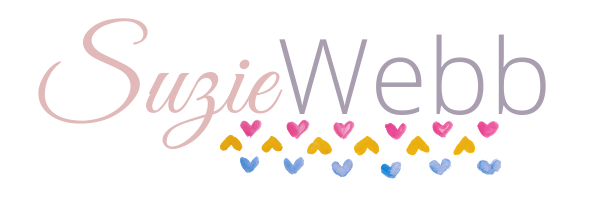

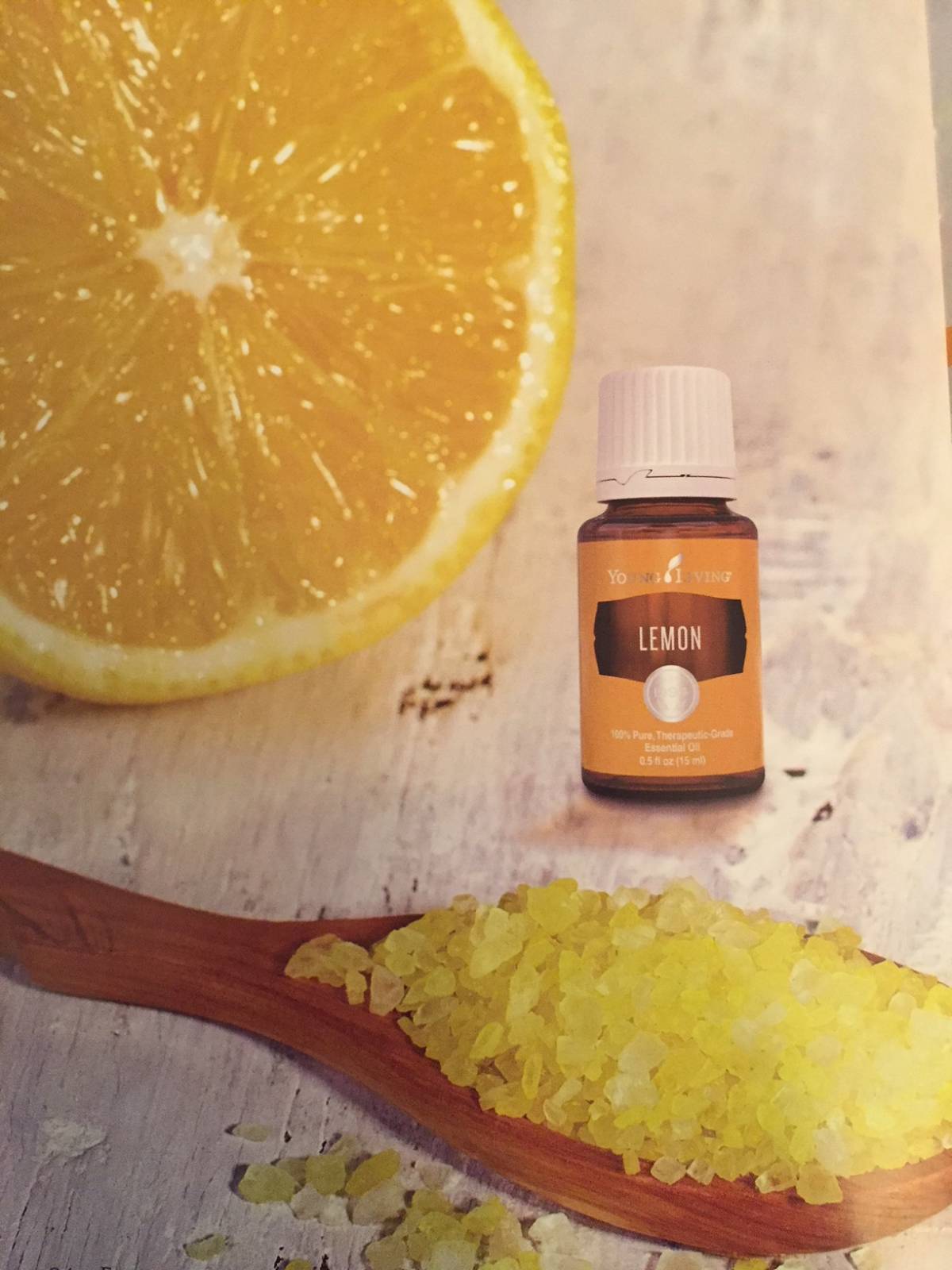
 Welcome to my Blog! I'm Suzie Webb you can read more about me
Welcome to my Blog! I'm Suzie Webb you can read more about me 